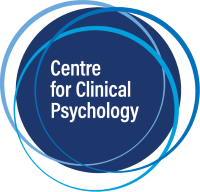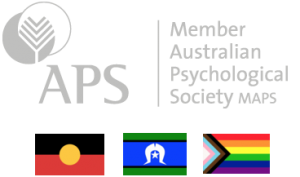Can I treat adolescents using CPT? This question has previously been approached with a specific form of CPT developed for adolescents D-CPT. In 2021 Stefanie LoSavio, and colleagues examined treatment of adolescents versus adults receiving cognitive processing therapy.
Who – Sample Demographics
LoSavio’s team examined adolescents aged 14–17 years. The majority between 16-17 years (M= 16.38). They were compared with adults who were defined as anyone 18 years and above (M= 37.49). There was no significant difference in starting PTSD symptom levels for adults versus adolescents,
What -The CPT treatment
They used a modular version of CPT that was similar to the standard CPT protocol in content but allowed for flexibility in selecting and dosing CPT treatment elements according to patient need. For example, clinicians could spend more time targeting faulty beliefs about the cause of the traumatic event before moving on to overgeneralized beliefs about the consequences of the trauma. In this protocol, clients could receive a maximum of 24 sessions. Both adolescents and adults received this same treatment protocol
Average number of sessions
Interestingly, despite the option for more session the average number of sessions completed was close to the 12 sessions in a standard CPT protocol. LoSavio’s team reported that among completed cases the average was 11.4 There was no difference between adolescents versus adults The mean number of sessions for non-completers was 4.1.
Completion Rates
Completion rates between age groups was statistically significant: 47.1% of adults completed treatment, whereas 71.9% of adolescents completed treatment. When compared to other studies of adults this is a very high completion rate.
Therapist difference
Many clinicians have learnt that adolescents need more “work “in the development of a therapeutic relationship and trust. Based on this, one could assume differences between therapists. However, LoSavio’s group reported that between therapist differences contributed little variability in symptom outcomes (0.23% for depression symptoms and 0.34 for PTSD symptoms)
What – The outcomes
For both adolescents and adults, average pre–post scores fell from above to below the cut-off for probable PTSD. Similarly, there was no difference in the rate of change for adolescents versus adults during treatment.
For both adolescents and adults, average pre–post PHQ-9 scores fell from the moderately severe range to the mild range. The range for the PHQ-9 is from asymptomatic to mild, moderate, moderately severe, and severe depression
Summary
LoSavio’s study showed that adolescents can be treated with a standard form of CPT and in fact that they were significantly more likely to complete CPT than adults. Additionally, they required no more sessions than adults to complete treatment It also demonstrated that both adolescents and adults get significant reductions in PTSD and depression. Importantly, these changes were not different between adults and adolescents.
LoSavio’s team stated, “Although the lack of a significant Age Group x Time interaction does not prove equivalence, the overall pattern of results suggests that both adults and adolescents benefitted from treatment.”
Reference
LoSavio, S. T., Murphy, R. A., & Resick, P. A. (2021). Treatment Outcomes for Adolescents Versus Adults Receiving Cognitive Processing Therapy for Posttraumatic Stress Disorder During Community Training. Journal of traumatic stress, 34(4), 757–763. https://doi.org/10.1002/jts.22668



